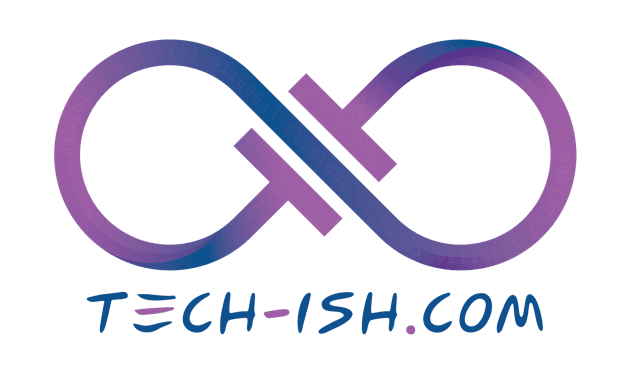
In a significant development, Safaricom’s M-Pesa is set to integrate with PesaLink, marking a major shift in Kenya’s financial landscape. This partnership aims to bridge two key platforms in the country’s financial ecosystem: M-Pesa, a mobile money wallet, and PesaLink, an inter-bank transfer system. The collaboration is expected to improve convenience and interoperability for millions of users, allowing seamless transactions between mobile wallets and bank accounts.
While this move promises to simplify money transfers, it also raises questions about transaction costs, regulatory responses, and the future dynamics of Kenya’s payment systems.
Background: M-Pesa and PesaLink’s Unique Roles
M-Pesa, launched in 2007 by Safaricom, revolutionized mobile money services in Kenya, offering users a fast and reliable way to send money, pay bills, and access financial services. Its agent network and widespread adoption have made it the leading mobile money platform in the country.
PesaLink, launched in 2017 by the Kenya Bankers Association (KBA), was designed to enable real-time inter-bank transfers at significantly lower costs. It allows users to transfer between KES 10 and KES 999,999 directly from bank accounts, providing a secure and affordable solution for large transactions. While M-Pesa dominates mobile-based transactions, PesaLink has focused on banking customers, positioning itself as a cost-effective alternative for high-value transfers.
The integration of these platforms marks a turning point, as they shift from operating independently to working together for enhanced user convenience.
A Step Towards Digital Payment Interoperability
This partnership aligns with Kenya’s broader efforts to improve digital payment interoperability. The government last year announced plans to use M-Pesa Paybills and Till numbers as virtual Electronic Tax Registers (ETRs) by December 2024. This initiative may also improve tax compliance and streamline revenue collection by leveraging Kenya’s robust digital payment infrastructure.
The M-Pesa-PesaLink integration complements this vision by connecting two of the most critical financial systems, creating a more seamless experience for users and businesses. It is expected to:
- Reduce barriers between mobile wallets and bank accounts.
- Support government initiatives like automated tax compliance through digital payments.
- Enhance the efficiency of Kenya’s overall financial ecosystem.

Benefits of the Integration
The integration offers a range of benefits for users, businesses, and the financial sector:
- Simplified Transactions: Users can move money seamlessly between M-Pesa wallets and bank accounts without relying on third-party apps.
- Enhanced Financial Inclusion: M-Pesa’s agent network will enable more people, including those without bank accounts, to access banking services through PesaLink.
- Cost Efficiency for Businesses: Small and medium enterprises (SMEs) can process payments more efficiently, reducing administrative burdens.
- Improved Security: Both systems are secure, and their collaboration could further minimize risks associated with fraud or errors.
- Real-Time Settlements: Transfers will be processed instantly, enhancing convenience for both personal and business use.
- Support for High-Value Transfers: PesaLink’s ability to handle transactions up to KES 999,999 complements M-Pesa’s current capabilities.
- Alignment with Government Policies: The partnership supports Kenya’s digital-first approach, including its use of digital platforms for tax collection and utility payments.
Timing and the Role of the Central Bank of Kenya
This announcement coincides with the Central Bank of Kenya’s (CBK) ongoing plans to implement a centralized Fast Payments System. The CBK aims to create an interoperable framework that reduces transaction costs and levels the playing field for financial service providers. However, this system is estimated to cost KES 200 million, a figure that has drawn criticism from Safaricom and banks, who argue that the expense may not justify the benefits.
The M-Pesa-PesaLink integration could be seen as a strategic move to counter the CBK’s centralized system. By presenting their collaboration as a ready-made solution for interoperability and cost efficiency, Safaricom and PesaLink’s bank owners may be positioning themselves to maintain market dominance.
Strategic Implications for Kenya’s Financial Sector
The integration has significant implications for the financial sector:
- Market Power Consolidation: By working together, M-Pesa and PesaLink strengthen their positions, potentially reducing the influence of the CBK’s proposed system.
- Increased Competition: Other financial service providers will likely feel pressured to innovate or form partnerships to remain competitive.
- Support for Government Initiatives: The partnership demonstrates how digital payment systems can align with broader policy goals, such as improving tax compliance and automating revenue collection.
Conclusion: The Road Ahead
The integration of M-Pesa and PesaLink is a transformative development for Kenya’s financial ecosystem. While it offers clear benefits, such as improved convenience and interoperability, its success will depend on several factors:
- Transaction Costs: Will the partnership maintain PesaLink’s affordability or align with M-Pesa’s premium pricing model?
- Regulatory Responses: How will the CBK adapt to this collaboration, and will its centralized system proceed as planned?
- Execution and User Experience: Ensuring a seamless and user-friendly integration will be critical to gaining consumer trust and adoption.
As Kenya continues to lead in financial innovation, the M-Pesa-PesaLink partnership represents a step toward a more connected and efficient payment system. However, its long-term impact will depend on how well it balances user needs, regulatory compliance, and market competition.
Discover more from Techish Kenya
Subscribe to get the latest posts sent to your email.



